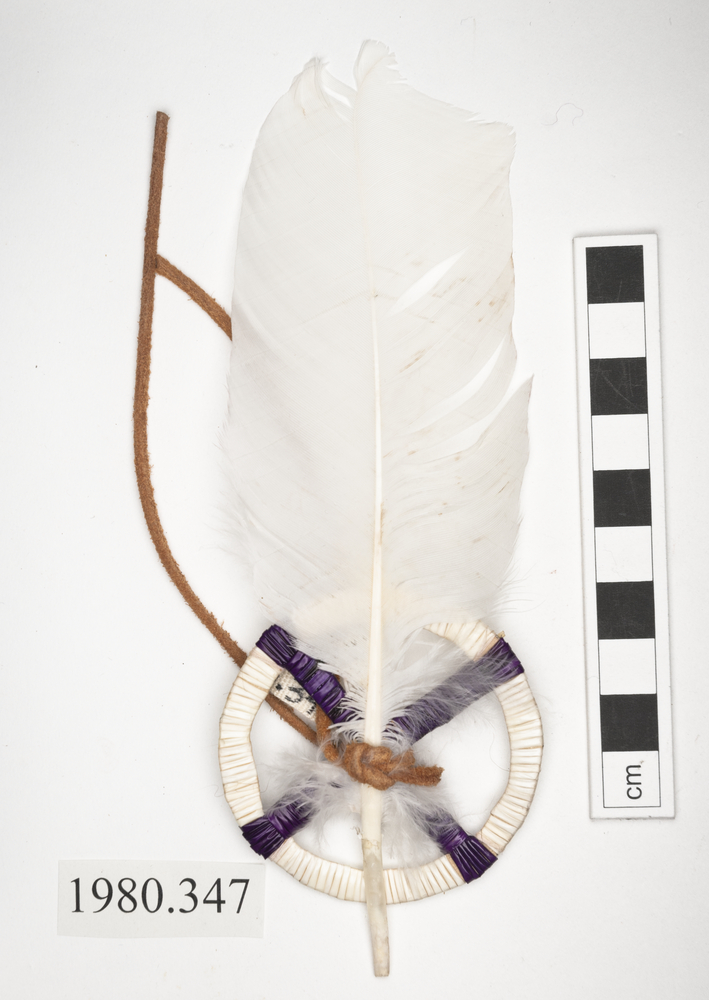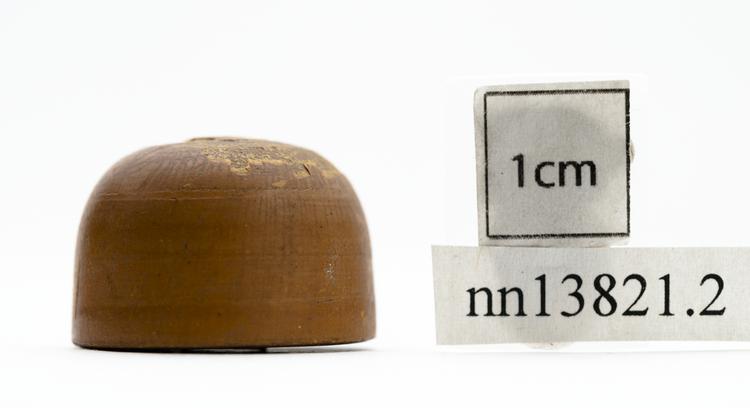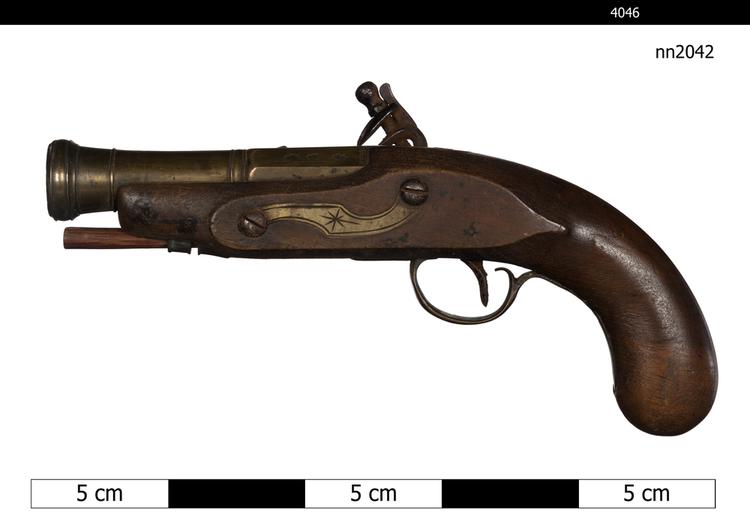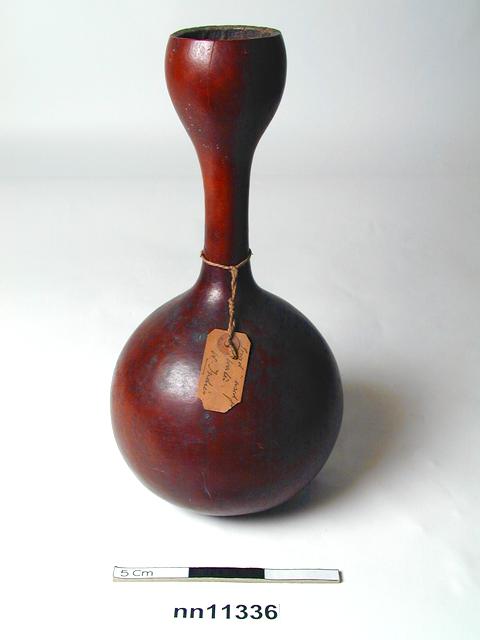A man's loincloth made from cotton and dyed with natural dyes. The weaver is Eu Dane. The textile is made in piece (1 kene) on a backstrap loom. The fabric is mainly warp-faced ikat. At the shorter sides red and yellow weft threads have been twined to form a chevron border. The ends of the warp are twisted into a fringe. The threads for the 13 ikat bands with the main motif were dyed in morinda (red) before dyed in indigo in order to obtain a darker shade of blue-black. The red dye can be seen at the edges of the motif which gives a peculiar aspect to the weaving. Although the red dye can be seen in the ikated parts, it is not of a 'worapi' type. The motif ' wo hepi hegai' was earlier restricted to nobility. Such weavings were made to show prestige. Each ikat pattern band is framed. The borders consist of a thin red lines, and narrow bands with ikat dots. At the selvedges forming top and bottom of the cloth the ikat band is framed wider border, including a toothed band. [See original description for details.]
loincloth; textile
Collection Information
These objects are only a part of our collections, of which there are more than 350,000 objects. This information comes from our collections database. Some of this is incomplete and there may be errors. This part of the website is also still under construction, so there may be some fields repeated or incorrectly formatted information.
The database retains language taken from historical documents to help research. Please note that some records may feature language and reflect systems of thinking that are outdated and offensive. The database also includes information on objects that are considered secret or sacred by some communities.
If you have any further information about objects in our collections, can suggest corrections to our information or if you see content requiring immediate action, please contact us: enquiry@horniman.ac.uk






